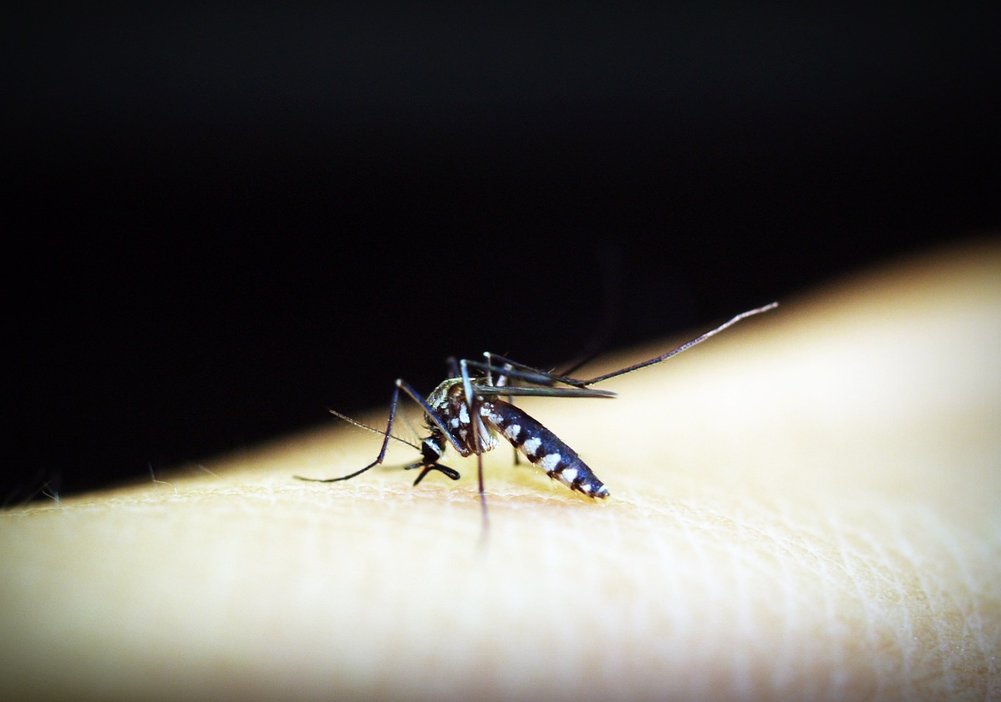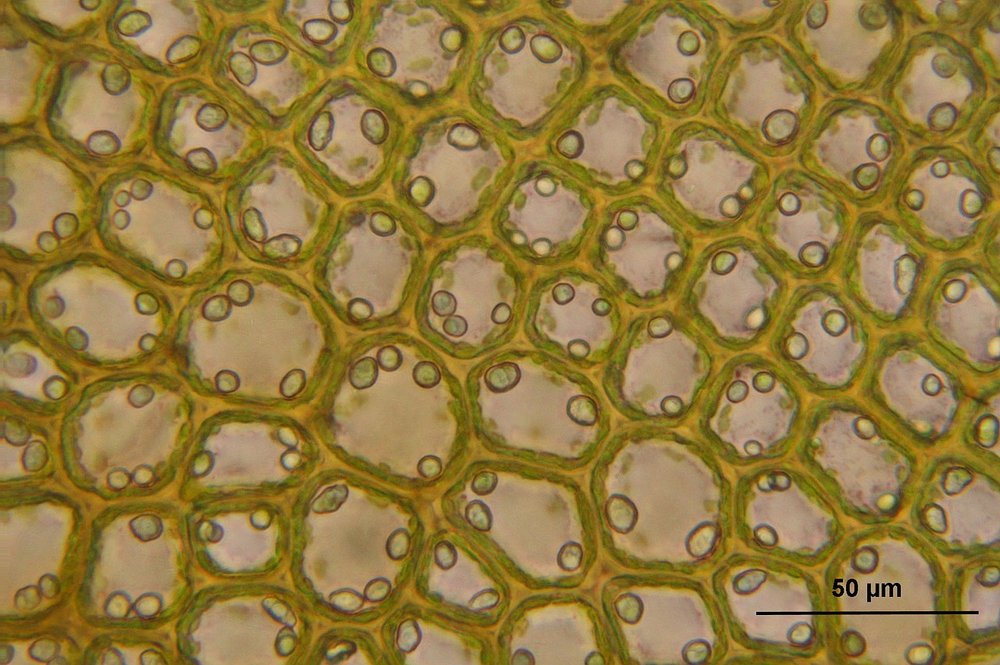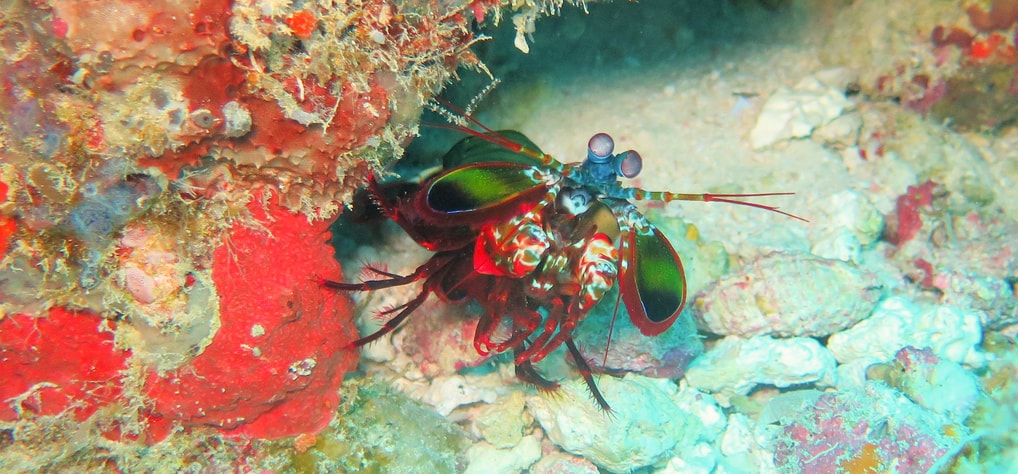Researchers from the University of California tested gene-drive technology in mice. This controversial application of CRISPR, capable of altering the genomes of entire species, has been applied to mammals for the first time. Although the developed technology has a long way to go before being used for pest control in the wild, it could be useful in basic research.
Gene drives are used to pass chosen mutations onto nearly all of the animal’s offspring. It has already been tested in mosquitoes as a potential malaria-control strategy. The technology is also interesting as the possibility to rid off invasive rodent pests.
A research group led by Kim Cooper, a developmental geneticist at the University of California, San Diego, posted an article on the bioRxiv pre-print server. Researchers developed the gene drives in lab mice (Mus musculus). The technique worked inconsistently and numerous technological barriers remain before researchers could even consider releasing the tool into the wild.
“There’s an indication it could work, but it’s also sobering,” Paul Thomas, a developmental geneticist at the University of Adelaide in Australia, whose lab is doing similar work, said for Nature. “There is a lot more to do before you could consider gene drives for a useful tool for population control of rodents.”
Gene drives are useful to quickly spread a mutation or foreign gene through a population. The aim is to ensure that a higher proportion of an organism’s offspring inherits a certain, “selfish” gene. Gene drives occur naturally in some animals where they can cause death or infertility. The CRISPR–Cas9 has led to the development of synthetic gene drives that are designed to eliminate problem species. One way is to ensure that offspring are infertile.
CRISPR-based gene drives use the gene-editing tool to copy a mutation on one chromosome to the second of the pair. Cooper’s group did not attempt to develop a gene drive to make lab mice infertile or to eradicate problematic animal populations. Their research was oriented toward creating a mutation that gives mice all-white coats. The goal was to create a test bed for the technology.
Group worked with mouse embryos and the results were inconsistent. The mutation was not always copied correctly, and the process worked only in female embryos. They estimated that this could lead to a mutation being transmitted to about 73% of a female mouse’s offspring, on average, instead of the expected 50%. The results show it would take many generations for the gene drive to spread through an entire rodent population. Therefore, species would have enough time to evolve resistance. On the other hand, this technology might become more efficient than existing technologies at producing transgenic lab animals that model diseases caused by multiple mutations.
Thomas describes the results as a “reality check” for efforts to develop gene drives in rodents. “It gives an indication to how much further there is to go,” Thomas said. “Future work should seek to improve efficiency, as well as understand why the technique doesn’t work in male mice.”
A consortium called Genetic Biocontrol of Invasive Rodents, or GBIRd, hopes to deploy gene drives against rats and mice on islands and on land. “We’re hopeful that this might be a tool that could serve the island restoration community,” said Heath Packard, director of Island Conservation in Santa Cruz, California, a GBIRd partner that focuses on eradicating invasive pests, “but we don’t know if it’s going to work.”
Gene drives, which could be contained on islands, are still a technology worth investigating, he added.
Learn more about the risks and benefits of gene drives in the video below:
By Andreja Gregoric, MSc











